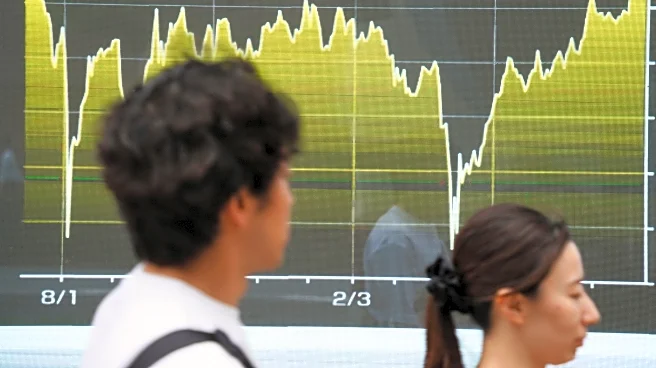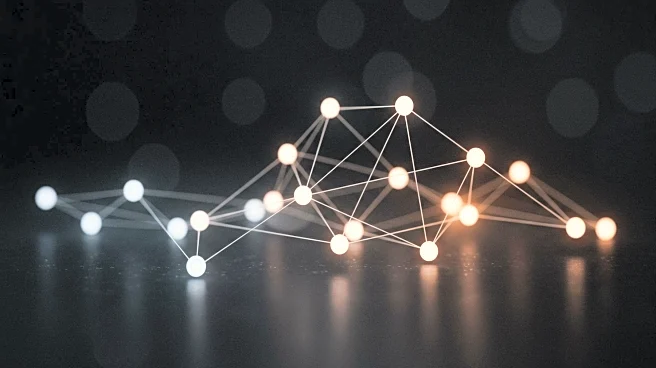Rapid Read • 7 min read
Researchers at Tampere University, along with collaborators from Germany and India, have experimentally confirmed the conservation of angular momentum at the quantum level. This was achieved by demonstrating that when a single photon is split into a pair, the angular momentum is conserved. This breakthrough validates a fundamental principle of physics, opening new possibilities for creating complex quantum states that could be useful in computing, communication, and sensing. The experiment involved delicate measurements due to the inefficiency of the required nonlinear optical processes, with only every billionth photon converted to a photon pair. Despite these challenges, the team successfully confirmed the conservation law and observed indications of quantum entanglement in the generated photon pairs.
AD
The confirmation of angular momentum conservation at the quantum level is significant for the advancement of quantum technologies. It provides a foundational understanding necessary for developing complex quantum states, which are crucial for quantum computing and communication. The ability to create entangled photon pairs could lead to improvements in quantum networks and sensing technologies, potentially revolutionizing fields such as secure communications and precision measurements. This research also contributes to the broader understanding of quantum mechanics, offering insights that could lead to new applications and innovations in photonics and quantum information science.
The researchers plan to enhance the efficiency of their experimental setup and develop better strategies for measuring the generated quantum states. This could facilitate easier detection of photonic needles in laboratory settings, enabling further exploration of novel quantum states. Future research aims to leverage these multi-photon quantum states for fundamental quantum tests and applications in quantum photonics, such as communication and network schemes. The ongoing work will likely focus on improving the stability and scalability of these quantum systems, paving the way for practical implementations in various technological domains.
AD
More Stories You Might Enjoy












